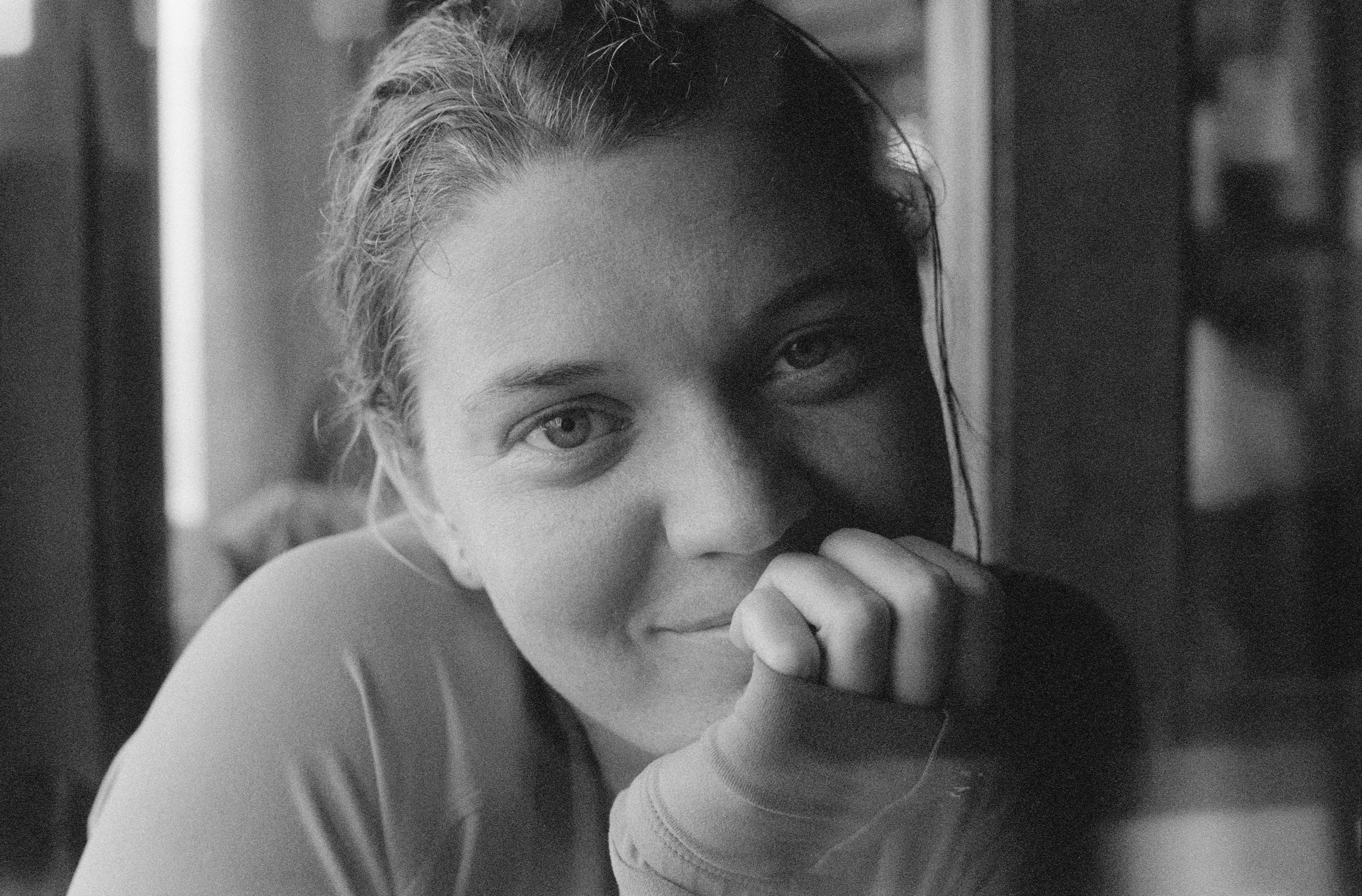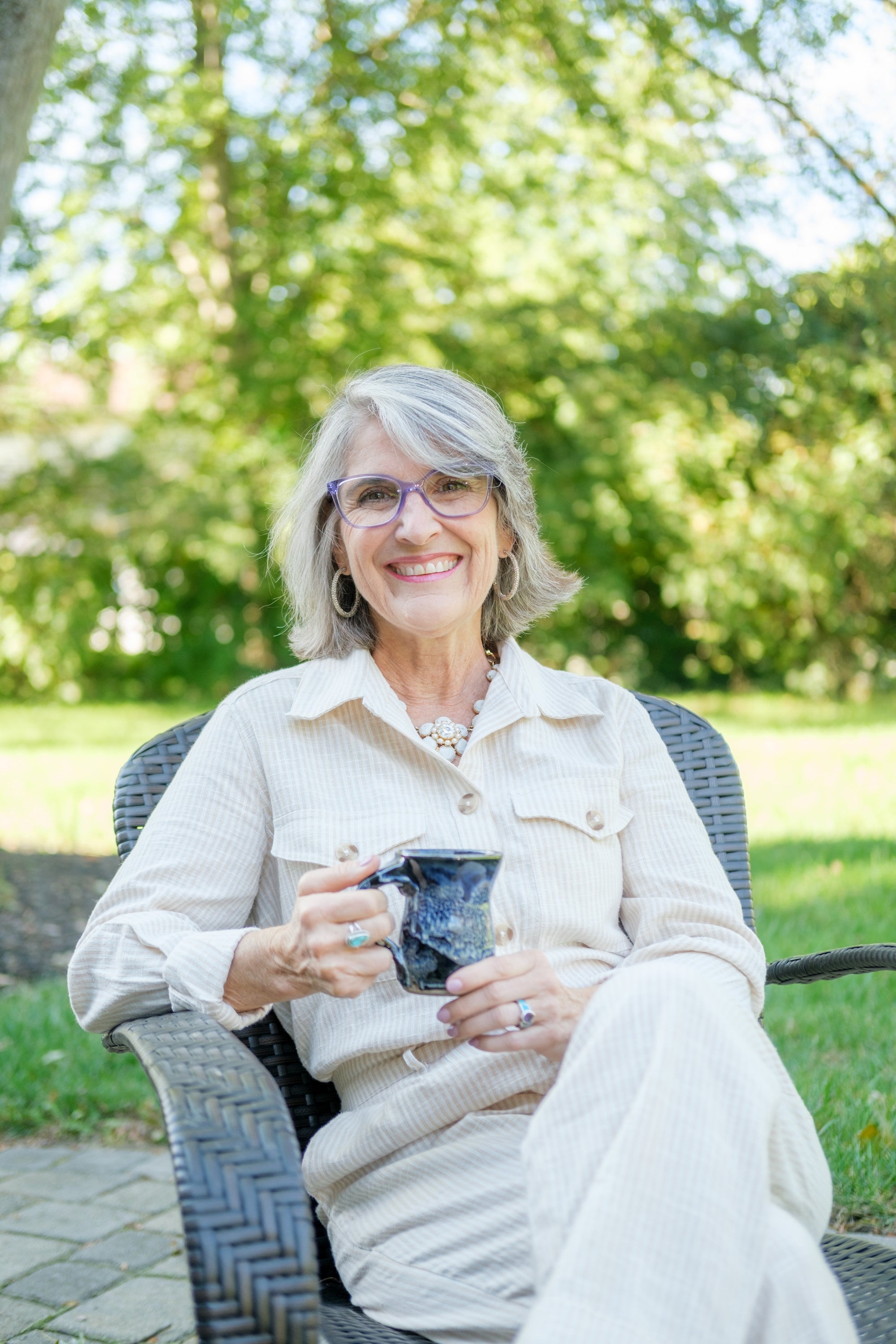
Author Bio:
Chris Cander is the USA Today-bestselling author of A GRACIOUS NEIGHBOR, THE WEIGHT OF A PIANO, which was named an Indie Next Great Read in both hardcover and paperback and which the New York Times called, "immense, intense and imaginative,” WHISPER HOLLOW, also named an Indie Next Great Read, and 11 STORIES, named by Kirkus as one of the best books of 2013 and winner of the Independent Publisher Book Awards for fiction.
She also wrote the children’s picture book THE WORD BURGLAR, and the Audible Originals “Eddies” and “Grieving Conversations.” Cander’s fiction has been published in twelve languages. A former fitness competitor and model, she currently holds a 4th dan in taekwondo and is a certified women’s defensive tactics instructor. She lives in Houston with her husband and two children. Learn more at www.chriscander.com.
1. What was your writing process like for “A Gracious Neighbor” and were there any surprising emotions that came up for you while writing this book?
I started this book early in the pandemic when everyone was quarantining at home. It wasn’t warm enough yet for the A/C compressors to be running all day, and since I wrote mostly sitting outside in my back yard, I had the opportunity to pay attention to my neighbors, especially those I didn’t know well, in a more sustained way than ever before.
I wondered about their lives, how they were spending their time, how they were coping emotionally and physically and financially with our collective circumstances. This intersection of fact and fiction informed not only the way I wrote about my characters, but allowed me to think of my neighbors, both real and imagined, more intentionally and empathetically.
2. Readers have described “A Gracious Neighbor” as quote “a juicy little neighborhood drama.” Are there any real-life events that inspired this story?
This book was marketed as a summer read, but (like all my work) it’s a little darker than that. It confronts the unpunishable social and emotional crimes happening to and among women at kitchen tables, cocktail parties, gala auctions, and in little league bleachers. It explores how those petty prejudices and nonviolent, barely perceptible cruelties affect individuals and communities. Everyone in the novel is concerned with how they’re perceived, and how they move through the society in which they find themselves.
There’s a constant thrumming tension; it seems like everybody’s looking at each other’s exteriors and peering into their actual or metaphorical windows, looking for their points of weakness. There were many small details or moments from my own life in West University Place that found their way into the novel, but nothing that precisely matches reality.
One example is the chapter in which Martha bumbles around the local fundraising gala, which was inspired by many such events I’ve attended since living here. Putting bid stickers on a few items in the silent auction, a drunk woman I didn’t know bumped into me, sloshing her cocktail down the front of my dress, and slurred, “Don’t even bother. I want it and will out-bid all you bitches.”
3. Do Minnie and Martha remind you of anyone in your own personal life and what makes their dynamic and relationship interesting for you as the author?
It was easy for me to identify with certain aspects of Martha’s character. Like her, I spent many years feeling like the weirdo on the perimeter of the social circles I wanted to join. She wants so much to be loved, to fit in, to be relevant and helpful, yet she can’t quite figure out how to do it all. I felt so much empathy for her as she grew on the page—and so did my early readers.
Every single one asked, “Am I Martha?” It was refreshing to be reminded that even the most polished people still feel insecure or awkward some of the time. Minnie was harder to write, as nothing is told from her point of view.
We only know Minnie through Martha’s interactions with or reflections on her. To remain objective about Minnie’s character so that the reader could decide for themselves what was true about her, I thought of the people I have known whom I’d mythologized on some level. She remains a bit of a mystery, even to me.
4. Your writing skillfully has the ability to draw visceral emotions out of readers. What is your secret to capturing and speaking to those subdued feelings many have suppressed?
To answer this, let’s pretend I’m a murderer. In my novels, I've killed many dozens of people. Many more than I imagine I'll ever actually kill in real life. (I hope; you never know.) So how was I able to commit murder authentically on the page? I didn't have to actually blow up a coal mine, or push someone off a roof, or drown them in a backyard pool to know what it would feel like.
I had only to resurrect the most homicidal feeling I've ever had--and we've all had them--to slip empathetically into the mind of whatever character was doing the killing. It's a technique that Russian theater director Konstantin Stanislavsky developed, in which he encouraged actors to portray real emotions on stage by putting themselves in the place of the character. This method acting works for writers just as well.
We’re often told to write what we know, but I think perhaps the better advice is to write what we feel. After all, fiction allows us to experience sensations, emotions, and situations that we may never have felt or witnessed before. For the reader to do that, the writer will have to be able to do it, too.
5. What do you hope readers take away from “A Gracious Neighbor”?
Some people who read this book are going to think it’s about them, but it’s not. It’s an amalgamation of conversations that I’ve overheard, of social situations I’ve witnessed as an observer or a participant, of character traits that are so ubiquitous as to be easily stereotyped.
Although the protagonist, Martha, makes some questionable choices, I hope readers recognize that in some ways, we’re just like her--we’ve all experienced that same destabilizing fear she has of being on the outside of a group and being judged by those within it.
6. What is your best advice for getting over writer’s block?
I don't believe in writer’s block. I also don't believe in inspiration. Muses can be mercurial, and "blocks" are usually the result of something else: fear, procrastination, hangovers, etc. My writing life is governed instead by determination. It’s scary sometimes, and I suffer the same crises of confidence that any writer has, but in the end, the only way to start is to calm down, sit down, and begin.
7. What Is the best book you have read this year so far?
Although it was published in 2018, I didn’t read ASYMMETRY by Lisa Halliday until earlier this year. It’s my favorite of 2022 out of the 75 or so I’ve read thus far.
8. What is the best advice you have ever received on happiness?
Tom Magliozzi, co-host of NPR’s Car Talk show, is credited with describing happiness as being “reality minus expectations.” People are typically happy when life is meeting or exceeding expectations, and typically less so when it’s not. I don’t think that equation suggests that we shouldn’t have expectations; we should just temper them a little.
When I was starting my novel-writing career, I had unrealistic expectations about how the journey would go. The countless ways that path has twisted and turned was a great kick in the hubris, and has taught me to reframe my definition of success and to be grateful along the way. I’m a much happier writer (and person) because of it.
9. Do you plan on writing more books in the future?
Absolutely. I’m already well into my new novel, THE YOUNG OF OTHER ANIMALS. I don’t foresee a time when I won’t be writing books, and I’m excited to see what new ideas will find me.
Places To Find More From Chris:
Instagram: @chriscander
Twitter: @chriscander
Website: www.chriscander.com
Get Your Copy of 'A Gracious Neighbor' Today!







